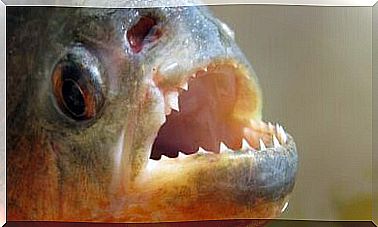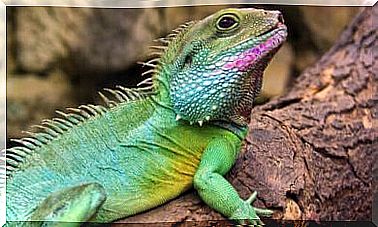The Cave Lion: The Predator Who Terrorized Our Ancestors
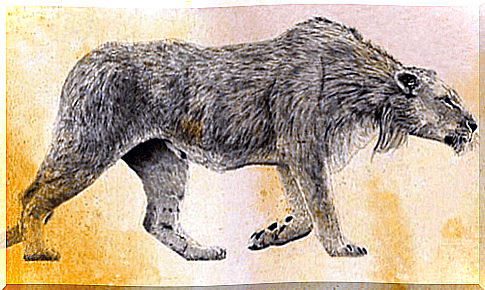
There was a time when lions hid in the mountains of Burgos, Spain, and other European territories. The feared and admired cave lion was one of the last major predators of mega fauna to cross these lands.
The cave lion, also known as the steppe lion, was discovered in 1810 in a cave in Germany, and a lot has been speculated about its biology ever since. Like other animals, such as various species of prehistoric horses, the cave lion has come to our day thanks to fossil remains and cave paintings.
Characteristics of the cave lion
It is only thanks to the results achieved by scholars that today we can know something more about the appearance of this predator. The cave lion was larger than the current African lions and could exceed the weight of an adult Siberian tiger, so it weighed around 350 kg.
Some rock art drawings are particularly useful for drawing a clear picture about this extinct mammal. In the cave of Chauvet, in France, two lions appear: one with a scrotum and one without. The second is smaller than the first and this is the only difference between them. From this it is clear that the males were probably larger than the females, but they did not have a mane. Maybe they had short hair like young African lions.
As for the color, it is known thanks to the remains of frozen animals that had fur similar to that of the African lion, but it is likely that it was slightly lighter. However, it is not excluded that there were several variations in the shade of the fur.
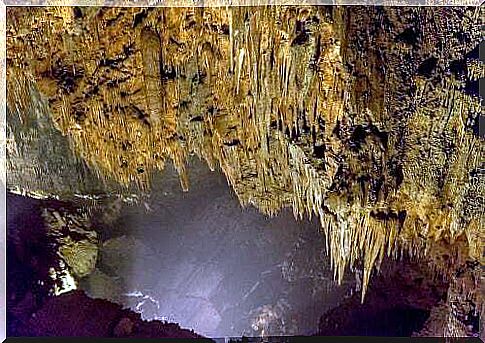
Habits and diet
As for the diet of these large predators, we know that they were capable of killing bison, horses, reindeer or cervix. Sometimes, they also attacked rhinos and mammoths.
These animals lived in very cold territories such as the steppe, with large amounts of snow. It is also known that, in Europe, the cave lion was also able to coexist with other animals such as hyenas. This relationship of coexistence was similar to that of today’s African lions, therefore of competition.
This beautiful animal lived for a long time and the last remains date back to 13,000 years ago. Its distribution can be ascertained from its remains, which have been found scattered from the Iberian Peninsula to Alaska.
Disappearance of the cave lion
There are many theories about the disappearance of the cave lion and why it did not survive to this day. It seems reasonable to think that after the disappearance of a prey such as the last mammoths, their extinction was likely. But the truth is that the cave lion disappeared before these animals.
As with other cases of Upper Pleistocene extinctions, there is talk of climate change. However, other factors had to influence their disappearance, as the extinction of many species occurred in this period without coinciding with climate change.
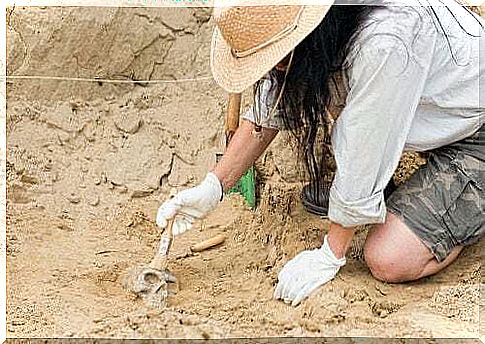
A fairly popular hypothesis is that their disappearance was caused by competition with other species. The expansion of the human being also coincides with that of the wolf, and there are testimonies of human beings who hunted cave lions and fed on them, as in Atapuerca.
What is clear is that although we do not know the reason, the cave lion has become extinct. Nonetheless, this feline not only influenced African and Asian cultures, but also early European cultures, which feared this huge animal and made it one of the most representative and revered symbols of prehistory.





